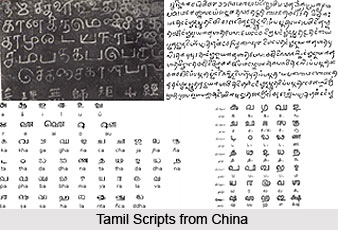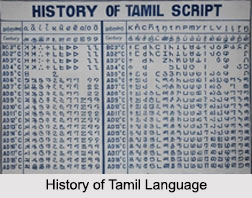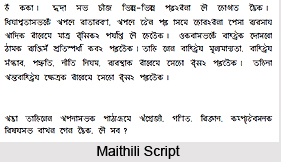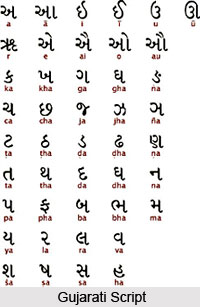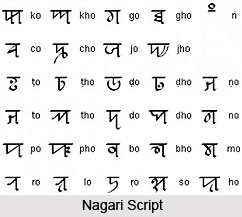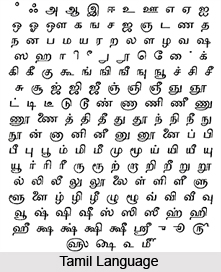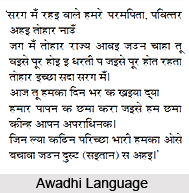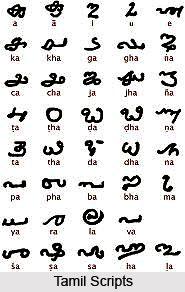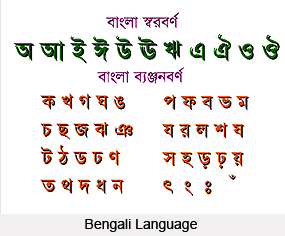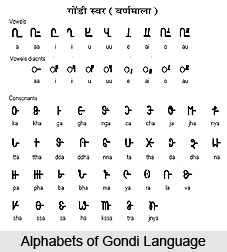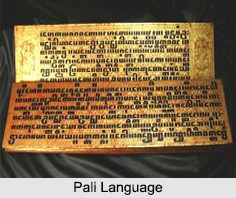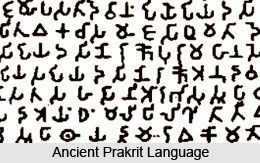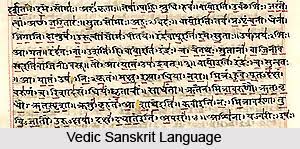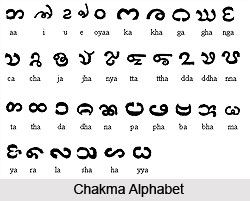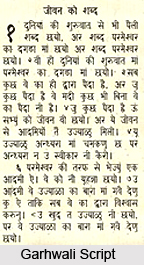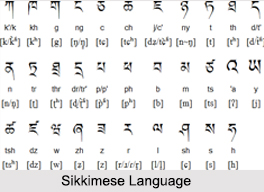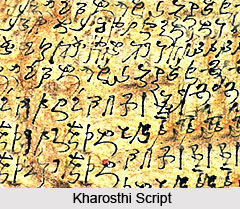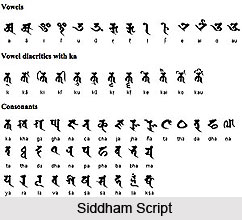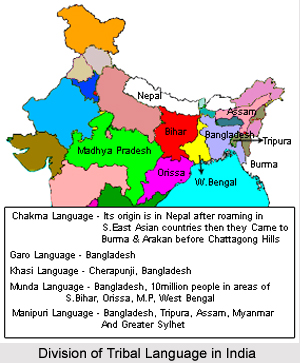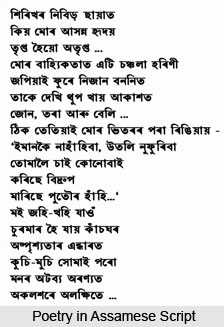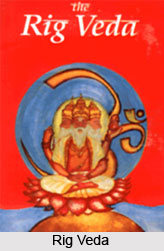 Development of Sanskrit Language shows that it has evolved out of the earlier Vedic form. The corpus of Sanskrit language and literature comprehends an enriched tradition of poetry and drama as also including scientific, technical, philosophical and Hindu religious texts. In contemporary times, Sanskrit continues to be extensively used as a ceremonial language in Hindu sacred rituals in the kinds of hymns and mantras. Sanskrit pronunciation is still in use in a few traditional institutions in India.
Development of Sanskrit Language shows that it has evolved out of the earlier Vedic form. The corpus of Sanskrit language and literature comprehends an enriched tradition of poetry and drama as also including scientific, technical, philosophical and Hindu religious texts. In contemporary times, Sanskrit continues to be extensively used as a ceremonial language in Hindu sacred rituals in the kinds of hymns and mantras. Sanskrit pronunciation is still in use in a few traditional institutions in India.
The development of Sanskrit language from the Rig Veda until the time of Panini (fl. 4th century B.C.E.) can be fruitfully ascertained in other Hindu texts of the Sama Veda, Yajur Veda, Atharva Veda, Brahmanas and Upanishads. During this period, the standing and status of the language, its use for sanctified resolves and the importance adhered to its appropriate accent and diction; all served as powerful conformist forces rejecting normal processes of linguistic metamorphosis.
About the mid 1st millennium B.C.E., Sanskrit began its journey of transition from a first language to a second language of religion and learning, marking the commencement of the Classical period. Sanskrit has evolved over the years. It has evolved from Vedic form to Classical to its modern day usage.
Phonology in Sanskrit Language
Classical Sanskrit describes and recognises approximately 36 phonemes (smallest fixed structural unit that marks the meaning). There however exists some allophony (one of several identical speech sounds (phones) that belong to the same phoneme) and the writing systems utilised for Sanskrit normally intend this very precise context. Thus, phonology in Sanskrit distinguishes 48 sounds. The sounds are traditionally listed in the order vowels (Ach), diphthongs (Hal), anusvara and visarga, plosives and nasals (beginning from the back of the mouth and moving forward) and finally the liquids and fricatives.
Nouns include masculine, feminine and neutral subjects. Compounds are also used frequently. There are four categories of compounds which include the:
* Coordinative (dvandva)
* Determinative (tatpurusa)
* Possessive (bahuvrihi)
* Descriptive (karmadharaya)
Vowels in Sanskrit Language
The vowels of Classical Sanskrit have their word-initial in Devanagari symbol, along with the diacritical mark with the consonant and its pre-ordained pronunciation.
The long vowels are enounced twice as long as their short twins (pertaining to short vowels). There also exists a third, extra-long length for most vowels, referred to as pluti, which is employed in several cases, but predominantly in the vocative case. However, pluti is not recognised by all grammarians. The vowels /e/ and /o/ continue as allophonic versions of Proto-Indo-Iranian /ai/, /au/ and are assigned as diphthongs by Sanskrit grammarians, even though they are conceptualized phonetically as plain long vowels.
